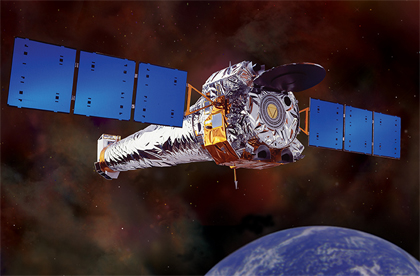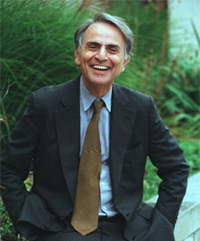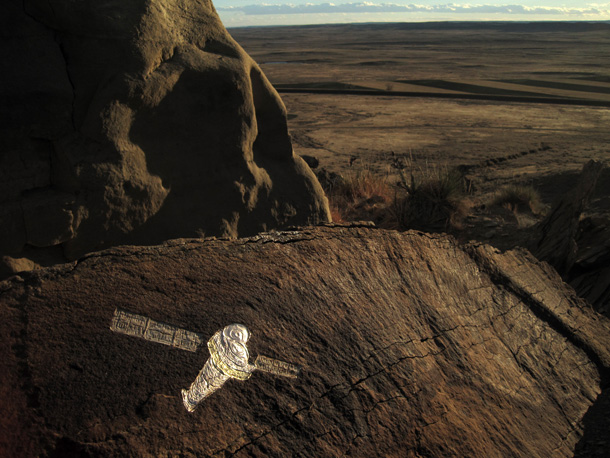General
Hidden Treasures" Found
Every so often, our talented team gets to play with other colors in the crayon box -- that is, wavelengths outside the regime that Chandra observes. We do this for a number of reasons, not the least of which is that something great usually happens.
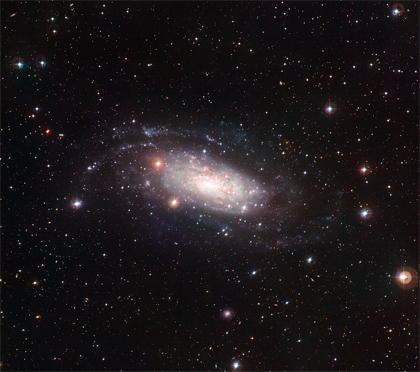
Somber 25th Anniversary
Today marks the 25th anniversary of the loss of the Challenger Space Shuttle. For many of us, it was an unforgettable moment when we heard the news. It might have been the first time that many of us of a certain generation realized that flying into space wasn’t easy, nor was it always safe.
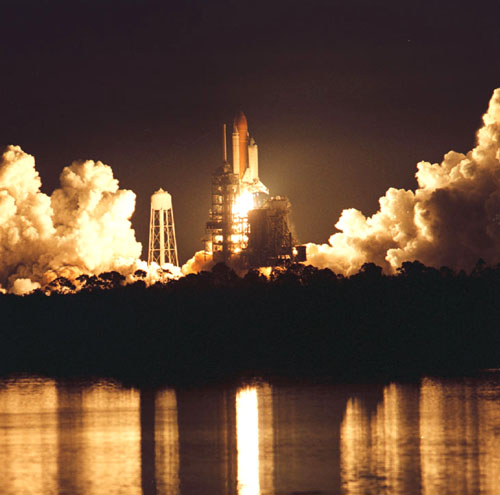
Space Shuttle Columbia rockets into the night sky on mission STS-93
Happy Winter Solstice
This is a hectic season with many reasons to celebrate. One of the oldest and, in many ways, practical rites during this time in December involves marking the winter solstice. Today, we know it as the shortest day (or longest night) in the Northern Hemisphere, and this year, the moment occurs at 6:38 pm Eastern time on Tuesday, December 21st.
Happy Anniversary, X-rays!
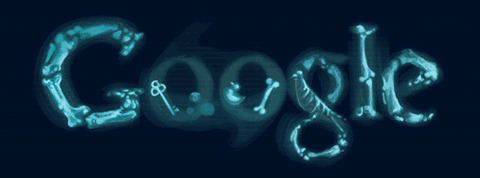
Today, Google is marking the 115th anniversary of the discovery of X-rays by William Roentgen, a German physicist. Here at the Chandra blog, we are not sure if this exact date is the most important one, but we do know that he made his discovery some time during 1895. And, hey, we are always in the mood for a little celebration of all things high-energy.
Chandra, Cosmos and Chemistry
The year 2011 has been proclaimed (by the United Nations and a host of other proclaimers) to be the International Year of Chemistry, a worldwide celebration of the achievements of chemistry and its contributions to the well-being of humankind.
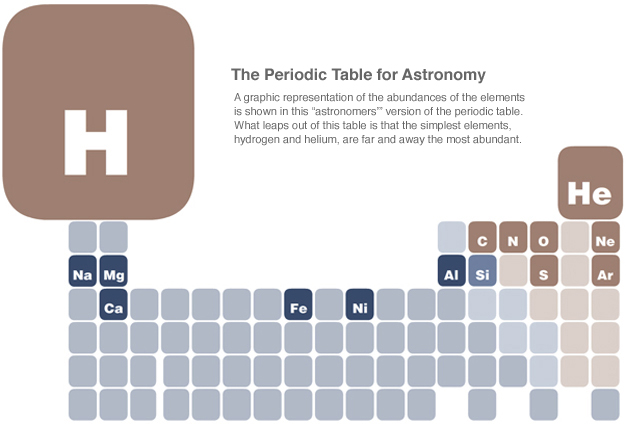
Accelerating Returns in X-ray Astronomy
In its relatively short 50 year history, the field of X-ray astronomy has shed a whole new light on our view of the universe, and has seen a dizzying rate of technological advancement. Prior to the 1960's, only the Sun was a known source of high energy radiation in X-rays and gamma-rays. These wavelengths of light are absorbed by Earth's atmosphere, so X-ray astronomy depended on advancements in rocketry and space science to be fully explored.
Image Genetics: Astronomy Visualization Metadata (AVM)
A random image of a mountainous landscape may be beautiful, but without some context and background information, i.e. metadata, you will likely have no idea where in the world the picture was taken, or even exactly what it is that you're looking at. Questions such as "How tall is that mountain?" "How far away is it from the photographer?" or "Where and when was this picture taken?" are all virtually impossible to answer just by looking at the image.
World Class Competition
While most of the world was focused on that little soccer tournament in South Africa, astrophysicists were involved with their own form of competition last week. As they do every year, experts from around the globe gathered to conduct the Chandra Peer Review process. This is the way that astronomers figure out what targets Chandra will observe over the course of the next year. Most major telescopes – such as Hubble and Spitzer -- have a similar process. And as they say about democracy, it's not a perfect system but it’s better than just about any other.
